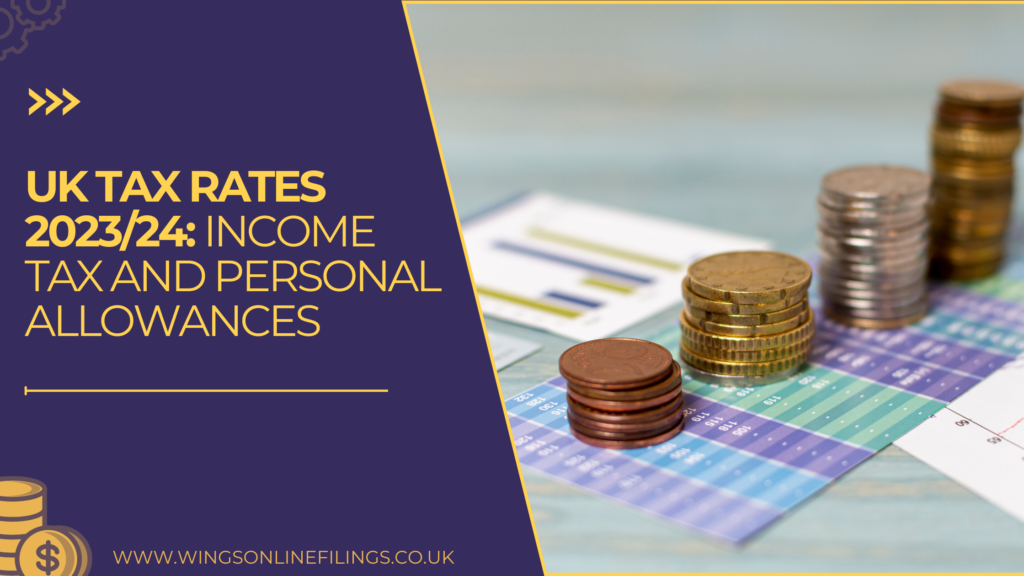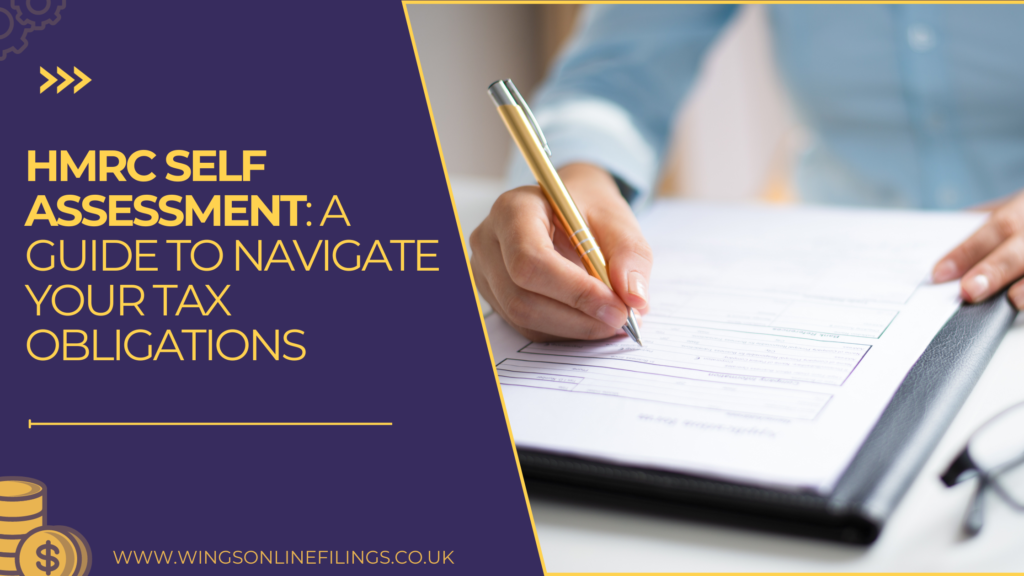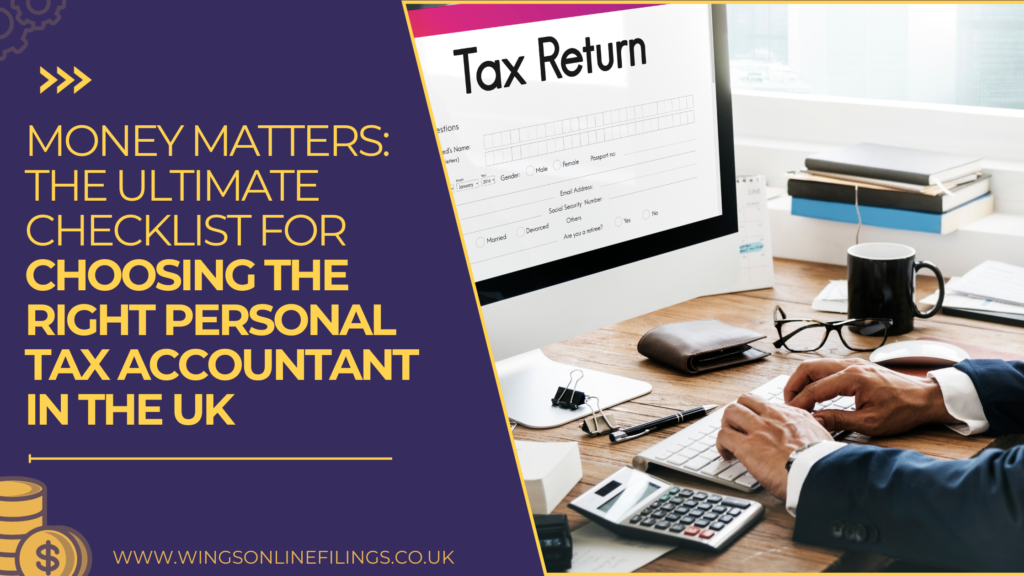
Introduction
In recent years, the United Kingdom has undergone notable shifts in UK tax rates, reflecting the government’s commitment to fiscal responsibility and economic stability. These changes encompass various aspects of the tax system, including income tax, capital gains tax, and inheritance tax. The alterations aim to strike a balance between generating revenue for public services and fostering a competitive and equitable tax environment. As part of broader fiscal policies, these adjustments signify the government’s ongoing efforts to adapt to economic challenges while ensuring a fair and sustainable tax regime for UK citizens.
Typically, the government issues a Budget statement to communicate adjustments to UK tax brackets and rates, occasionally implementing unforeseen measures in emergency situations. The latest significant fiscal update occurred during Autumn Statement 2023 on November 22, 2023.
What is personal income tax?
The UK’s self-assessment tax is a progressive tax levied on individuals’ earnings. It is a key component of the country’s taxation system, providing revenue for public services and government expenditures. The UK tax rates vary based on income levels, with higher earners subject to higher percentages. Individuals receive a tax-free allowance; the remaining income is taxed at different bands. We will see personal UK tax rates in detail below. Various allowances and deductions exist to mitigate tax burdens for specific circumstances. The UK personal income tax is collected by Her Majesty’s Revenue and Customs (HMRC) and is crucial in funding public infrastructure, healthcare, education, and other essential services.
What is the tax-free Personal Allowance?
The tax-free Personal Allowance is a specific amount of income that individuals in the United Kingdom can earn without being liable for income tax. We will look into the latest personal tax allowance limit below. This means that individuals with an income below this threshold do not have to pay income tax on that portion of their earnings. However, for individuals with earnings above this limit, income tax is typically applied at various rates depending on income brackets. It’s important to note that tax regulations can change, so it’s advisable to check the latest figures and guidelines. The Personal Allowance aims to provide a tax-free buffer for individuals, ensuring that those with lower incomes are not unduly burdened by income tax obligations.
Income tax rates and thresholds for 2023/24
The provided table delineates the UK tax rates (income tax) and band thresholds applicable in England, Wales, and Northern Ireland for the fiscal years 2023/24. It is crucial to note that Scotland employs distinct tax bands and thresholds, and this information is presented in the subsequent section.
Income tax in England, Wales, and Northern Ireland
| Slab | Tax Rates | 2022/23 Threshold | 2023/24 Threshold |
| Personal allowance | 0 | 0 – £12,570 | 0 – £12,570 |
| Basic rate income tax | 20% | £12,571 – £50,270 | £12,571 – £50,270 |
| Higher rate income tax | 40% | £50,271 – £150,000 | £50,271 – £125,140 |
| Additional rate income tax | 45% | £150,000 and above | £125,140 and above |
Certainly! Let’s calculate the income tax for an individual with a self-employed or salaried income of £85,000 in England, Wales, or Northern Ireland during the 2023/24 tax year based on the provided tax brackets:
1. 0% tax on the first £12,570.
2. 20% basic rate tax on the part of your income which falls into the next tax bracket (£12,571 up to £50,270). This means you’ll pay 20% tax on £37,700.
3. 40% higher rate income tax on the next chunk (£50,271 up to £85,000), so you’ll pay 40% tax on the remaining income.
Let’s calculate each part:
1. £12,570 * 0% = £0
2. £37,700 * 20% = £7,540
3. (£85,000 – £50,270) * 40% = £13,892
Now, summing up all the calculated values:
£0 + £7,540 + £13,892 = £21,432
Therefore, an individual with a self-employed or salaried income of £85,000 in England, Wales, or Northern Ireland during the 2023/24 tax year would pay approximately £21,432 in income tax.
Income tax in Scotland
| Slab | 2022/23 Threshold | 2023/24 Threshold |
| Personal allowance | 0 – £12,570 0% | 0 – £12570 0% |
| Starter rate | £12,571 – £14,732 19% | £12,571 – £14,732 19% |
| Basic rate | £14,733 – £25,688 20% | £14,733 – £25,688 20% |
| Intermediate rate | £25,689 – £43,662 21% | £25,689 – £43,662 21% |
| Higher rate | £43,663 – £150,000 41% | £43,663 – £150,000 42% |
| Top rate | above £150,000 46% | above £150,000 47% |
Certainly! Let’s calculate the income tax for a Scottish taxpayer with a salary of £85,000 in the 2023/24 tax year based on the provided tax brackets:
1. 0% tax on the first £12,570.
2. 19% on the proportion of your income subject to the starter rate, which covers £12,571 – £14,732. You’ll pay 19% tax on £2,161.
3. 20% basic rate tax on the part of your income which falls into the next tax bracket (£14,733 – £25,688). This means you’ll pay 20% tax on £10,955.
4. 21% tax on the part of your salary which falls into the intermediate tax band, which is £25,689 – £43,662. You’ll pay 21% tax on £17,973.
5. 42% higher rate income tax on the next chunk (from £43,663 up to the £85,000 salary we’re using in this example). So, you’ll pay 42% tax on the remaining income.
Let’s calculate each part:
1. £12,570 * 0% = £0
2. £2,161 * 19% = £410.59
3. £10,955 * 20% = £2,191
4. £17,973 * 21% = £3,774.33
5. (£85,000 – £43,662) * 42% = £17,361.96
Now, summing up all the calculated values:
£0 + £410.59 + £2,191 + £3,774.33 + £17,361.96 = £23,737.88
Therefore, a Scottish taxpayer with a salary of £85,000 in the 2023/24 tax year would pay approximately £23,737.88 in income tax.
Dividend Tax
Dividend tax is incurred when individuals receive dividends from their investments, typically in stocks or when a company distributes profits to its shareholders. Generally, investors are required to report dividend income on their annual tax returns, with taxes payable at the time of filing.
In the United Kingdom, dividend tax is incurred when individuals receive income from dividends on their investments. It’s essential to be aware of dividend thresholds and rates to determine when dividend tax obligations may arise, and individuals are typically required to report and settle any tax liability by the relevant self-assessment deadline, which is usually January 31st following the tax year-end.
What is dividend allowance?
The Dividend Allowance is a tax measure that determines the amount of dividend income an individual can receive tax-free within a tax year.
The dividend allowance for each year is:
2022/23: £2,000
2023/24: £1,000
2024/25: £500
This allowance means that individuals can receive £1,000 of dividends without incurring any income tax on that portion of their earnings. However, any dividend income exceeding this threshold will be subject to taxation at the applicable rates.
It’s crucial to note that the Dividend Allowance is part of the overall tax framework and interacts with an individual’s other sources of income.
Understanding the Dividend Allowance is essential for individuals receiving dividends from investments or as part of their income, as it helps determine their tax liabilities and financial planning strategies.
Further, an individual can use the dividend allowance as well as personal tax allowance at the same time. For example, in 2023/24 you could take a salary of £12,570 and a dividend of £1,000 without incurring tax or National Insurance.
| Slab | 2022/23 Threshold and Dividend tax rate | 2023/24 Threshold and Dividend tax rate |
| Personal Allowance | £0 – £12,570 0% | £0 – £12,570 0% |
| Basic-rate tax payers | £12,571 – £50,270 8.75% | £12,571 – £50,270 8.75% |
| Higher-rate taxpayers | £50,271 – £150,000 33.75% | £50,271 – £125,140 33.75% |
| Additional-rate taxpayers | above £150,000 39.35% | above £125,140 39.35% |
Capital Gains Tax (CGT)
Capital Gains Tax (CGT) is a financial levy imposed on the profits gained from the sale or disposal of certain assets. These assets typically include real estate, stocks, bonds, and other investments. The tax is calculated based on the difference between the selling price of the asset and its original purchase price, commonly referred to as the capital gain.
In essence, when an individual or entity sells an asset at a higher price than the initial cost, they incur a capital gain.The rate of Capital Gains Tax can vary depending on factors such as the duration of ownership, the nature of the asset, and the individual’s overall income.
Capital Gains Tax annual exempt amount
The annual exemption amount, referred to as the AEA, signifies the cumulative gains an individual can accrue within a fiscal year before becoming liable for taxation. Should one’s gains surpass this annual threshold, only the portion exceeding the limit becomes subject to Capital Gains Tax (CGT), allowing individuals to benefit from their personal tax allowance concurrently. It is noteworthy that the exemption threshold varies between individuals and trustees, emphasizing the distinction in tax regulations based on the entity type. Understanding and adhering to these exemption limits is crucial for individuals and trustees alike, ensuring compliance with tax obligations and making informed financial decisions. The exemption threshold for individuals are:
2022/23 – £12,300
2023/24 – £6,000
Capital Gain Tax Rates
Capital Gains Tax is determined by the assets you sell to generate a profit and your tax status as either a basic rate or higher rate taxpayer. The rates for individual are:
| Gains from residential property | Gains from other chargeable assets | |
| Basic Rate Taxpayer | 18% | 10% |
| Higher Rate Taxpayer | 28% | 20% |

Conclusion
In conclusion, the UK tax landscape for the fiscal year 2023/24 reflects a delicate balance between fiscal responsibility and the need for economic growth. The adjustments in income tax rates and personal allowances underscore the government’s commitment to ensuring a fair and progressive tax system. With a focus on providing relief to low and middle-income earners, the changes aim to stimulate consumer spending and bolster the overall economy.
It is crucial for individuals to stay informed about these tax modifications, as they directly impact personal finances and financial planning. As we navigate through the complexities of the tax system, understanding the nuances of income tax rates and personal allowances becomes paramount for making informed financial decisions.

